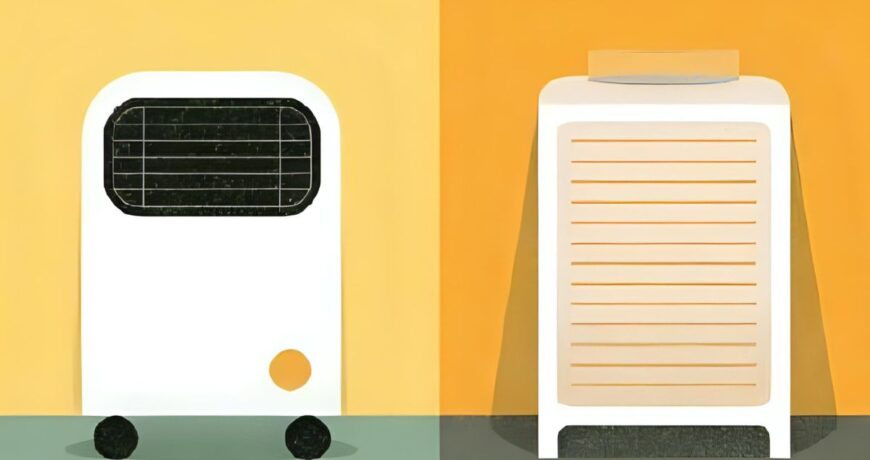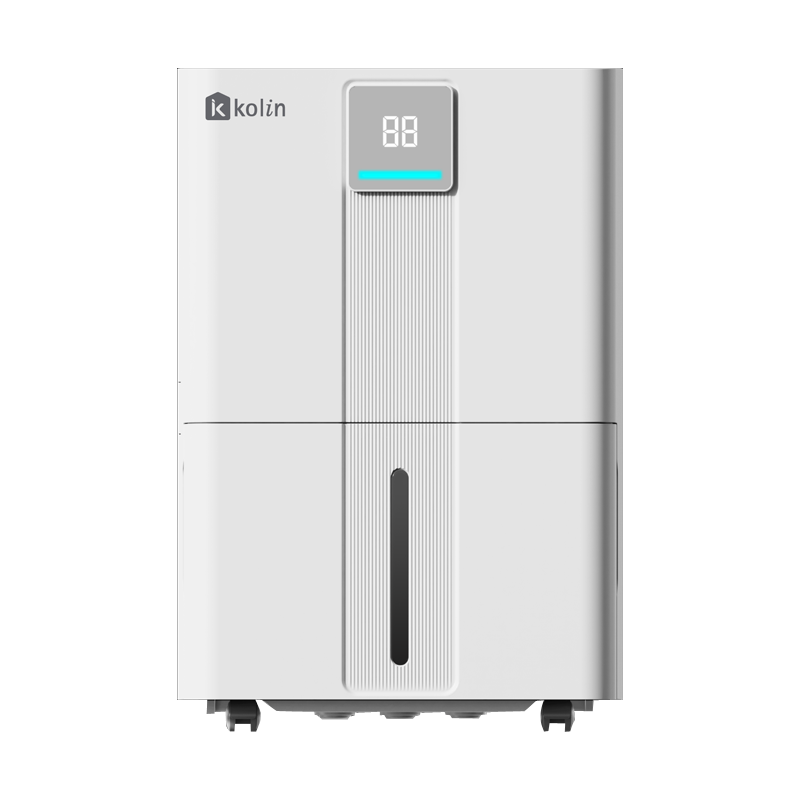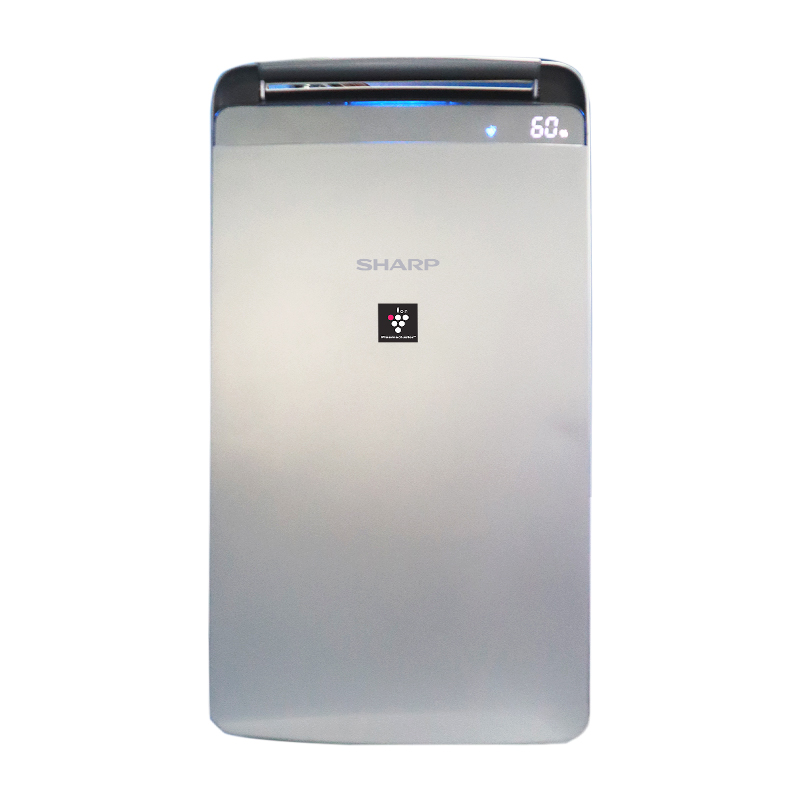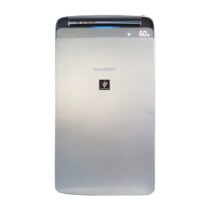Dehumidifiers vs. Air Purifiers: Which One Do You Really Need?
Walking into an appliance store can feel overwhelming when you’re trying to improve your home’s air quality. Between humidifiers, dehumidifiers, air purifiers, and diffusers, it’s easy to wonder if they’re all just variations of the same thing. Spoiler alert: they’re not. Each serves a distinct purpose, and choosing the wrong one could leave you disappointed.
If you’re standing at this crossroads, wondering whether to invest in a dehumidifier or an air purifier, this guide will help you make the right call.
Understanding the Basics: What Each Device Actually Does
Before diving into comparisons, let’s clarify what these devices do.
Dehumidifier Purpose
A dehumidifier removes excess moisture from the air. Think of it as your home’s defense against dampness, musty odors, and the sticky feeling that comes with high humidity. It works by pulling air into the unit, condensing the moisture on cold coils, and collecting the water in a tank or draining it away. The result? Drier air that feels cooler and prevents mold growth.
Air Purifier Benefits
An air purifier cleans your indoor air by capturing contaminants. It pulls air through a series of filters designed to trap dust, pollen, pet dander, smoke, bacteria, and even viruses. High-quality models can remove up to 99.97% of airborne particles as small as 0.3 microns. If you have allergies, asthma, or respiratory sensitivities, an air purifier can be a game-changer.
Humidifier vs. Dehumidifier
Here’s where people often get confused. A humidifier adds moisture to dry air, while a dehumidifier removes it. They’re opposites. You’d use a humidifier in winter when heating systems dry out indoor air, causing dry skin and irritated throats. You’d use a dehumidifier in humid climates or during rainy seasons when excess moisture becomes a problem.
Humidifier vs. Diffuser
Another common mix-up. A diffuser disperses essential oils into the air for aromatherapy. While some diffusers add minimal moisture, their primary purpose is scent, not humidity control. Diffusers won’t solve dryness issues the way a humidifier would.
Humidifier vs. Purifier
A humidifier adds moisture but doesn’t clean the air. An air purifier cleans the air but doesn’t adjust humidity levels. They target completely different problems, though some modern units combine both functions.
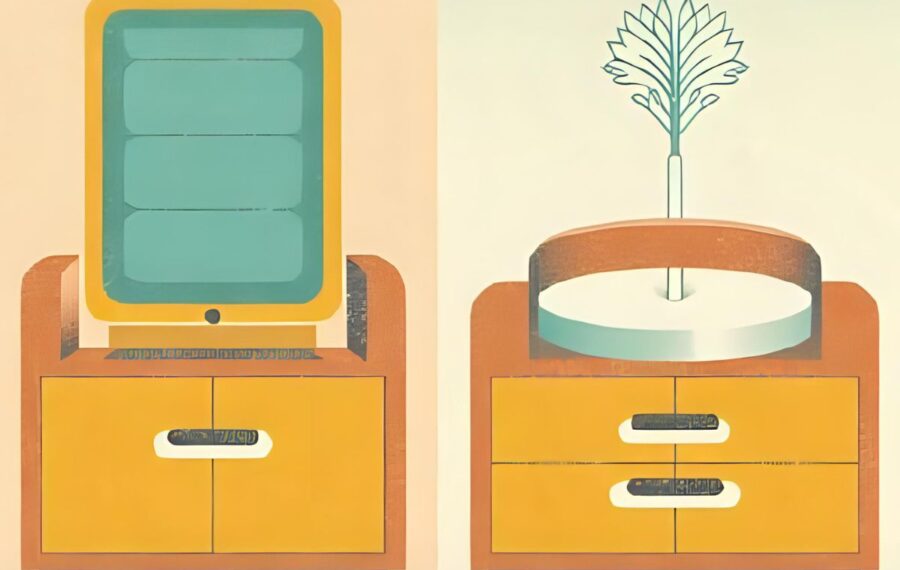
When You Need a Dehumidifier
A dehumidifier should be your first choice if you’re dealing with moisture-related issues.
Signs You Need a Dehumidifier:
- Condensation on windows or walls
- Musty, moldy smells in closets or rooms
- Visible mold or mildew growth
- Damp feeling in the air, even with AC running
- Water stains on ceilings or walls
- Allergies worsening from dust mites (which thrive in humidity above 50%)
Key Benefits:
- Prevents mold and mildew growth by keeping humidity below 50%
- Reduces dust mite populations, which need moisture to survive
- Protects furniture, books, and electronics from moisture damage
- Makes rooms feel cooler without adjusting the thermostat
- Eliminates that sticky, uncomfortable feeling during humid months
Dehumidifiers are essential in tropical climates like the Philippines, where high humidity is a year-round challenge. Basements, bathrooms, and bedrooms are prime candidates for dehumidification.
When You Need an Air Purifier
An air purifier is your best investment when air quality, not moisture, is the problem.
Signs You Need an Air Purifier:
- Frequent allergies or asthma attacks indoors
- Pet dander affecting household members
- Living near busy roads with vehicle emissions
- Smoke from cooking or nearby sources
- Dust accumulating quickly despite regular cleaning
- Concerns about airborne viruses or bacteria
Key Benefits:
- Removes allergens like pollen, dust, and pet dander
- Captures smoke particles and eliminates odors
- Reduces exposure to airborne bacteria and viruses
- Improves breathing for people with respiratory conditions
- Creates fresher, cleaner-smelling indoor environments
Air purifiers with HEPA filters are particularly effective. Some models also include activated carbon filters for odor removal and UV light technology for killing germs. If anyone in your home has compromised immunity or respiratory issues, an air purifier provides valuable protection.
Dehumidifier vs. Air Purifier: The Key Differences
| Feature | Dehumidifier | Air Purifier |
| Primary Function | Removes moisture from air | Removes airborne particles and contaminants |
| Best For | High humidity, mold prevention | Allergies, asthma, air quality concerns |
| How It Works | Condenses moisture on coils | Filters air through HEPA and carbon filters |
| Maintenance | Empty water tank, clean coils | Replace filters every 6-12 months |
| Energy Use | Higher (runs compressor) | Lower (runs fan and filters) |
| Noise Level | Moderate to loud | Quiet to moderate |
| Health Benefits | Reduces mold, dust mites | Reduces allergens, viruses, bacteria |
Can You Use Both Together?
Absolutely. In fact, using both devices in the same room can maximize your indoor air quality. The dehumidifier controls moisture levels while the air purifier filters out contaminants. This combination is particularly effective in humid climates where both moisture and air quality are concerns.
Some advanced models even combine both functions in one unit, offering convenience and space savings. However, dedicated devices typically perform better at their specific tasks.

Anson's Top Picks for Dehumidifiers
When it comes to reliable moisture control, these models stand out for Filipino homes.
LG MD19GQGE0 19L PuriCare Dual Inverter Compressor Dehumidifier
This LG powerhouse combines dehumidification with air purification features. The dual inverter compressor delivers energy-efficient performance while the 19-liter capacity handles large spaces. Its smart sensors automatically adjust operation based on humidity levels, and the PuriCare filter captures allergens while removing moisture. Perfect for master bedrooms or living areas where you want both dry, clean air.
Kolin KD-30L410 30 Liters Dehumidifier
With an impressive 30-liter daily capacity, the Kolin dehumidifier is built for serious moisture control. It’s ideal for larger spaces or particularly humid areas. The continuous drainage option means you won’t need to constantly empty the tank, making it perfect for basements or storage rooms. Its robust compressor handles heavy-duty dehumidification without compromising on reliability.
Sharp DW-J27FP-S 32 SQM Air Purifying Dehumidifier with Plasmacluster Ion 2025
Sharp’s innovative design combines dehumidification with their patented Plasmacluster Ion technology. This means you’re not just removing moisture but actively purifying the air and neutralizing odors, mold spores, and viruses. Covering up to 32 square meters, it’s suitable for medium to large rooms. The air purifying function makes it an excellent choice for families concerned about both humidity and air quality.
Making Your Decision
Start by identifying your primary concern. Is your home too humid, causing mold or discomfort? Get a dehumidifier. Are allergies, dust, or air quality your main issue? An air purifier is your answer.
Consider your environment too. Manila’s tropical climate makes dehumidifiers particularly valuable during rainy season, while air purifiers shine year-round for urban dwellers dealing with pollution.
Budget permitting, having both devices gives you comprehensive control over your indoor environment. Think of them as complementary tools rather than competing options.
Your home’s air quality affects everything from your sleep quality to your long-term health. Whether you choose a dehumidifier, an air purifier, or both, you’re making an investment that pays dividends in comfort and wellbeing.
Explore Anson's Dehumidifers
Shop Now

